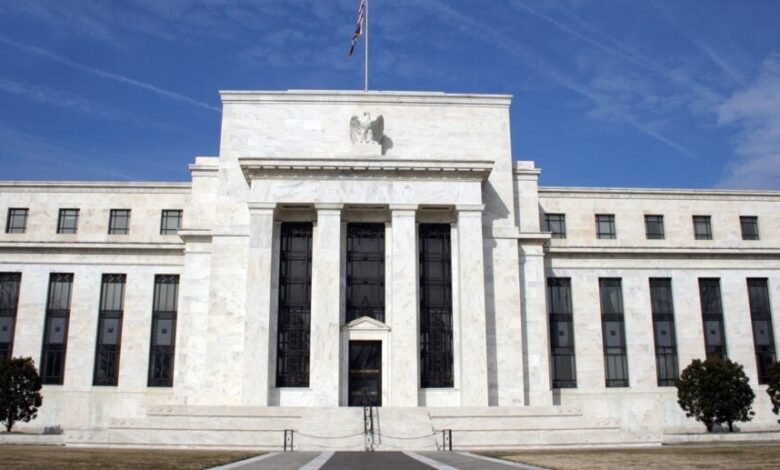
With inflation hovering slightly north of 3%, the Federal Reserve’s meeting this week and its decision to leave interest rates where they are were seen by many as inevitable. Inflation has dropped dramatically since its post-pandemic high of 9.1% in 2022 after the Fed hiked up rates, bringing an overheated real estate market to a standstill.
However, it’s still proving a stubborn beast to tame, as the economy has remained resilient. Thus, leaving rates as they are—the federal funds rate is currently at 5.5%—is a hedge against inflation rising again should the Fed choose to lower rates later.
Is the Fed’s desired 2% inflation rate doable? How long can a straining real estate market, desperate for oxygen, hold out? Those questions have undoubtedly been on the Fed’s mind as it attempts to balance holding the line and stimulating the economy.
Low Inventory Has Played a Role
The lack of housing inventory has undoubtedly influenced the Fed’s decision to keep rates stagnant. Similar to what happened after the pandemic, lowering rates when there is little housing stock to go around is an explosive combination that causes sky-high price increases. Ditto for rent.
The lack of housing availability and affordability has seen many renters waiting on the sidelines for a break. The relatively low unemployment numbers—which have lingered below 4% for the longest period since the 1960s—have provided an uneasy equilibrium, allowing landlords who hold property financed at low interest rates to keep buildings rented at high rents while potential homeowners and investors stay put.
Dovetailing rate cuts with an impending building boom in Sun Belt cities that saw dramatic population growth could be a more pragmatic approach. Indeed, construction of new homes increased 5.9% last month from a year earlier, boosting builder confidence.
A Balancing Act
The Fed’s challenge is to keep price growth bottled by leaving rates where they are without escalating unemployment, which would topple the economy into a recession. Although the Fed is supposed to be politically impartial, that would not be a good look in an election year.
Ironically, a contentious subject also tied to the election—immigration—could also play a role, as more workers put downward pressure on wage growth and thus slow inflation.
“More people entering the country expands supply and demand,” Matthew Bush, U.S. economist at Guggenheim Investments, told NBC News, saying what most politicians would not. Immigrants, he contended, have a higher tendency to be in the labor force. This means “the expanding supply pool of available workers is greater than increased demand for more workers. That increases economic growth, and you have a greater capacity to produce new goods and services.”
The Economy: A Hot Political Topic
There’s no doubt that inflation and the Fed rate cut decisions are hot political topics, especially during an election year. The Fed doesn’t want to be caught in the middle and certainly doesn’t want to be accused of influencing the election one way or another, which it would be seen to do if it cuts rates too late.
In his State of the Union address, President Biden alluded to making it easier to build affordable housing, and while tax credits and access to loans will help, lower interest rates will be a massive boost in that area.
“Any political considerations align with their economic objectives,” Bush told NBC. “The only thing is they might not want to start the rate-cut cycle in the months before the election cycle, so they’d probably prefer to get started in June rather than September so it’s not too close to the election.”
Mortgages
Although rates on 30-year fixed-rate mortgages don’t match the Fed’s benchmark, other loans, particularly those many investors opt for, such as HELOCs and adjustable-rate mortgages, align with the Fed’s rates, usually mirroring them within two billing cycles.
The average rate on a home equity loan was 8.59% as of March 20, according to Bankrate.com, while the average HELOC was 8.99%.
Final Thoughts
For homebuyers and investors, high rates for the last two years have been painful, and while many people have tried to spin 7% to 8% rates as normal within a historical context, to see interest rates double within two years without increased wages softening the blow has put a massive dent into people’s financial lives.
It seems like there will at least be some sort of rate cut before the end of the year, but it won’t be substantive. Yes, they will allow a little wiggle room for mortgage approvals but don’t dream of 3- 4% interest rates again—no matter who is sitting in the White House in January 2025.
Ready to succeed in real estate investing? Create a free BiggerPockets account to learn about investment strategies; ask questions and get answers from our community of +2 million members; connect with investor-friendly agents; and so much more.
Note By BiggerPockets: These are opinions written by the author and do not necessarily represent the opinions of BiggerPockets.
Source link







